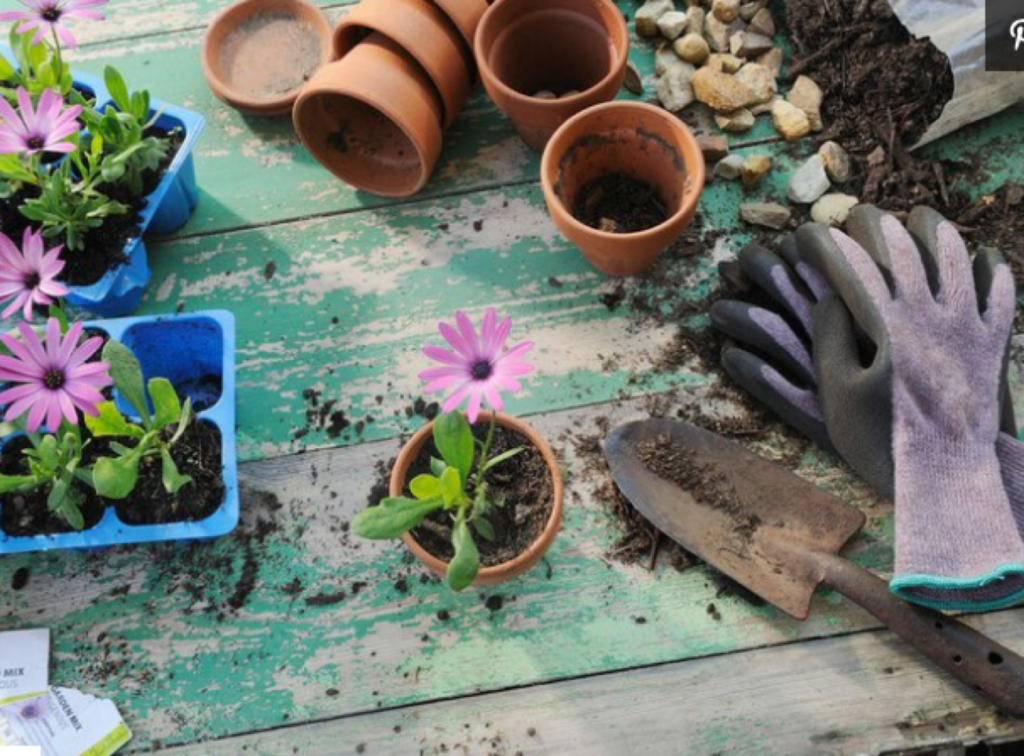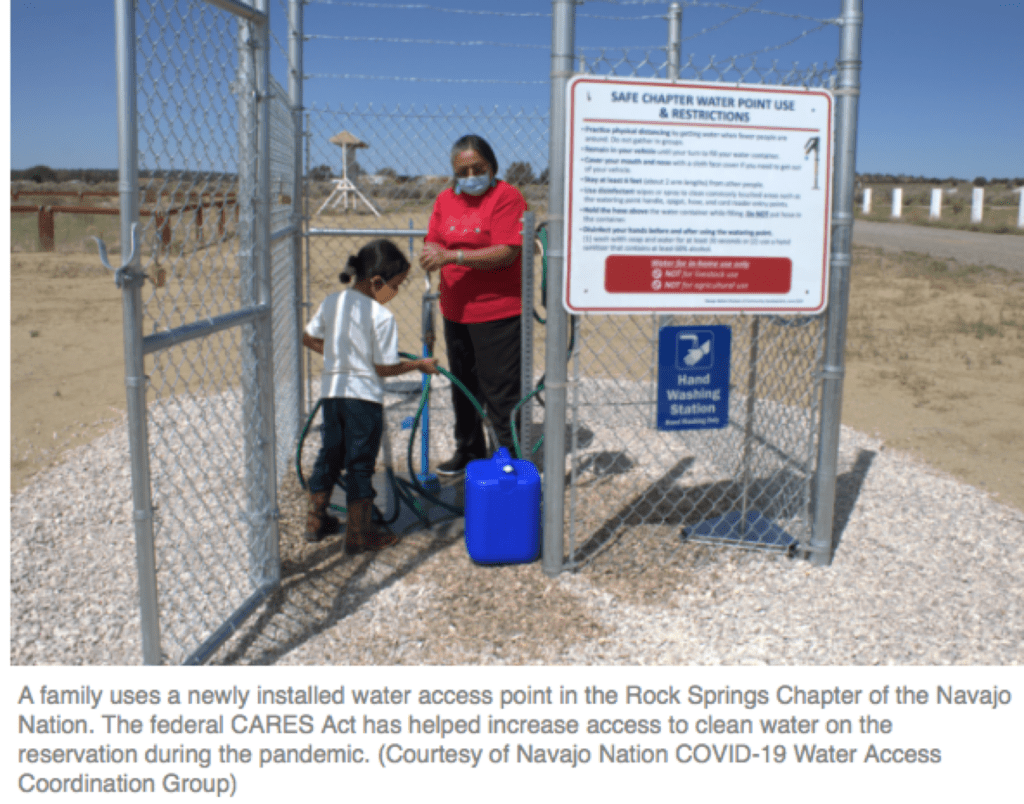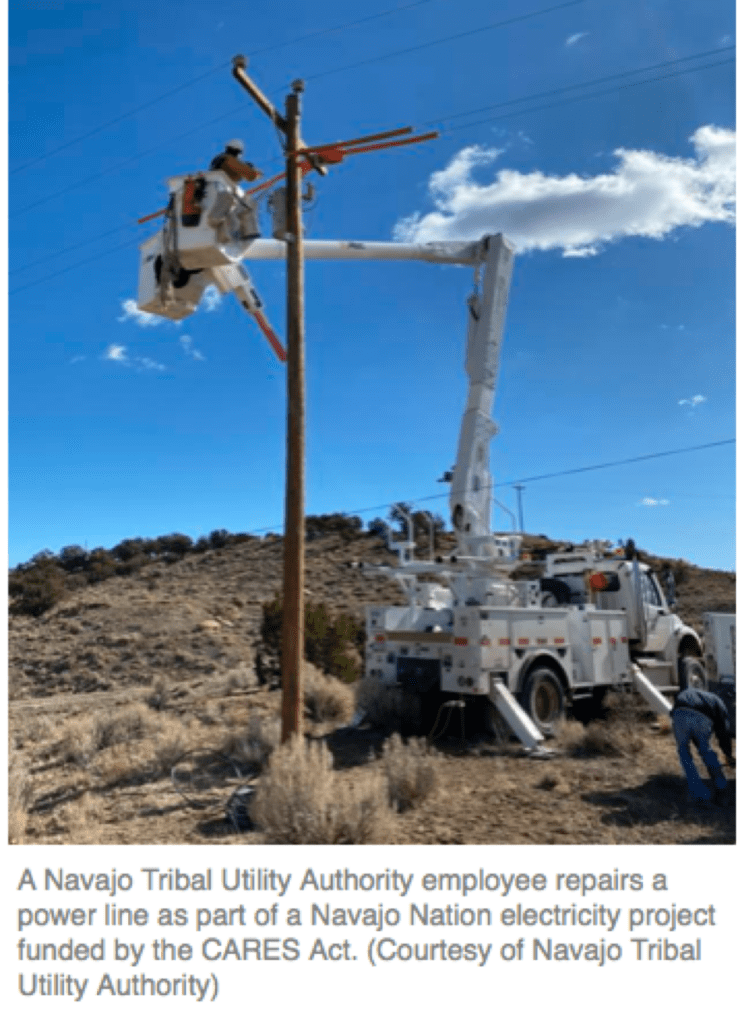Daniel Salzler No. 1093 EnviroInsight.org Four Items March 11, 2021
—————Feel Free To Pass This Along To Others——————
If your watershed is doing something you would like others to know about, or you know of something others can benefit from, let me know and I will place it in this Information newsletter.
If you want to be removed from the distribution list, please let me know.
Please note that all meetings listed are open.
Enhance your viewing by downloading the attached pdf file to view photos, etc.
The attached is all about improving life in the watershed.
1. New Study Says Gardening Is Just as Healthy as Going to the Gym. Plus, then you have a bunch of healthy vegetables to eat!
A long-term study from researchers across the world—China, Texas, North Carolina—tracked something a bit easier, and more fun. They measured something called “leisure time physical activity,” done in varying weekly amounts, and compared it to the risks of various forms of death, including cardiovascular disease and cancer.

That “leisure time physical activity” could include all sorts of stuff that’s more enjoyable than going to the gym, including gardening, dancing, and simply going for a walk. Compared to a sedentary lifestyle, doing these things for only 10 to 59 minutes a week led to an 18 percent lower risk of all-cause mortality—basically, less chance of dying during the survey period. More physical activity even further decreased that risk; 150 to 299 minutes of physical activity each week led to a 31 percent decrease in all-cause mortality. Gardening has been previously linked to positive health changes; a big meta-review of previous studies found that gardening is linked to a decrease in depression, anxiety, and body mass index, along with increases in quality of life, life satisfaction, and a sense of community. Gardening has also been linked to huge benefits for the elderly, citing a reduction in falls, reduction in stress, and even reduced need for medications.
Also, it’s fun, and you get a bunch of vegetables or herbs or flowers from it. Source: This article originally appeared on Better Homes & Gardens
2. Federal Funds Prompt Improvements To Tribal Infrastructure During Pandemic. ALBUQUERQUE, N.M. — The pandemic has exposed the inadequate water infrastructure and internet access in New Mexico’s tribal communities. But the public health crisis has also sparked an influx of federal funds and local projects to connect more residents to clean water and the internet.
Improving water access

A year ago, officials began imploring people to stay home and wash their hands frequently to prevent spreading the coronavirus.
That’s a difficult task on the Navajo Nation, where about 30% of homes do not have access to piped water, according to the Navajo Tribal Utility Authority.The rapid spread of the virus has added urgency to existing water projects, said Emma Robbins, director of the DigDeep Navajo Water Project.
“We’ve been able to expand into new communities and pave the way for longer-term projects rather than only emergency relief work,” Robbins said. “A silver lining of COVID is that so many of these complex processes that usually have so much red tape have been expedited.”
The organization has installed more than 700 water storage tanks in Navajo homes since June, and continues to truck water to remote homes and install handwashing stations near chapter houses.
“We’re also piloting a program where we help Navajo families get homesite leases,” Robbins said. “It’s a really important document that can help families who are living so close to water lines get piped water in their homes.”
DigDeep is part of the Navajo Nation COVID-19 Water Access Coordination Group, a partnership of 20 organizations led by the Indian Health Service.
The group is using $5.2 million from the CARES Act to install 59 free water access points across Navajo chapters, and provide millions of water disinfection tablets.
The funds are also helping supply 37,000 water storage containers to Navajo homes.
Rex Kontz, deputy general manager for the Navajo Tribal Utility Authority, said the projects are a valuable use of the federal aid.
“It just made it much easier to cope and deal with the restrictions, the need to shelter in home, minimize movement, and increase sanitation,” Kontz said. “Obviously water is a very important component of that.”
IHS estimates that the initiative has decreased the average round-trip distance to access clean water in the Navajo chapters from 52 miles to 17 miles.
NTUA has drawn on an additional $130 million from the CARES Act for new water cisterns, septic tanks and well repairs.
An $8 million pipeline to connect the Navajo community of To’hajiilee to Albuquerque’s water supply could be in the near future, thanks to the CARES Act and a New Mexico Water Trust Fund appropriation.
Digital divide
A stark lack of reliable internet and electricity has become more apparent as New Mexico’s Indigenous students continue to attend school remotely.The U.S. Federal Communications Commission estimates that 46.6% of households on tribal lands have basic broadband access, compared to 92% of nontribal households.
“The COVID-19 pandemic has magnified the need for broadband connectivity to meet the needs of our students, teachers, first responders and elders,” said Navajo Nation President Jonathan Nez.
In October, the FCC granted 15 New Mexico tribes and pueblos broadband spectrum licenses as part of the Rural Tribal Priority Window program. The FCC had provided some pueblos, like Zuni, temporary use of an unassigned broadband spectrum early on in the pandemic due to increased demand.
And last week, the FCC announced the Emergency Broadband Benefit Program, which includes discounts for computers, tablets and broadband service for low-income tribal households.

The Navajo Nation was recently awarded $53 million through the FCC’s E-Rate Program. The money will help install 600 miles of fiber optic lines to improve internet at 90 chapter houses and 53 Head Start facilities.
New Mexico Public Education Secretary Ryan Stewart said the funding will help get Navajo children “the connectivity they need for the modern education they deserve.”
“These are our kids — New Mexico kids — and we have ` an obligation to meet their educational needs whether they go to public schools, tribal schools or Bureau of Indian Education schools,” Stewart said.
The Navajo Tribal Utility Authority has used CARES Act money for 139 broadband installations, 43 wifi hotspots, and four new broadband and cellphone towers.
“Our Indigenous communities are definitely more in the spotlight right now,” Robbins said. “More people are learning of the inequities that exist here. Hopefully that attention will mean more progress, even once we’re past a global pandemic.”
Theresa Davis is a Report for America corps member covering water and the environment for the Albuquerque Journal.
3. 3.4 Million Acre-Feet: Estimated spring and summer runoff into Lake Powell, an amount that is just 47 percent of the 30-yer average. As bad as that number seems, it’s still a marginal improvement of 1.5 percent over th eFebrury forecast. The Colorado Basin River Forecast Center says that March is a pivotal month for this year’s river runoff. Because of dry soils, a wet spring will be needed to rescue the brain.
4. Stakeholders Debate Arizona’s Proposed Clean Water Rules The state of Arizona is writing new clean water rules for streams and rivers, following a rollback of federal protections last year. KNAU’s Melissa Sevigny reports, the proposed legislation is supported by business, farm, and mining groups but opposed by environmentalists.
The bill calls for the Arizona Department of Environmental Quality to publish a list of protected streams and rivers and adopt water quality standards for them.
Stefanie Smallhouse, president of the Arizona Farm Bureau Federation, says, “It clarifies a lot of things and it puts the state in the driver’s seat which is where we believe they should be. The framework that’s been proposed strikes the right balance between clean water and clear rules.”
Smallhouse says it makes sense to leave dry washes out of the rules because that’s about land use, not clean water. But conservation groups oppose the bill for leaving many ephemeral waterways unprotected. Haley Paul of the National Audubon Society adds the bill is weaker than the former federal protections.
“It’s less than ideal,” Paul says. “If we’re going to institute a new state regulatory program to be protective of our waterways, there’s some elements of it that we think could be improved,” including, she says, a more inclusive process for listing the protected waters, and water quality standards based on science, rather than a consideration of economic costs and benefits.
The Arizona House and Senate have yet to vote on the legislation.
More about House Bill 2691: https://apps.azleg.gov/BillStatus/BillOverview/75403
More about the Waters of Arizona program: https://azdeq.gov/node/6560
Copyright; EnviroInsight.org 2021
